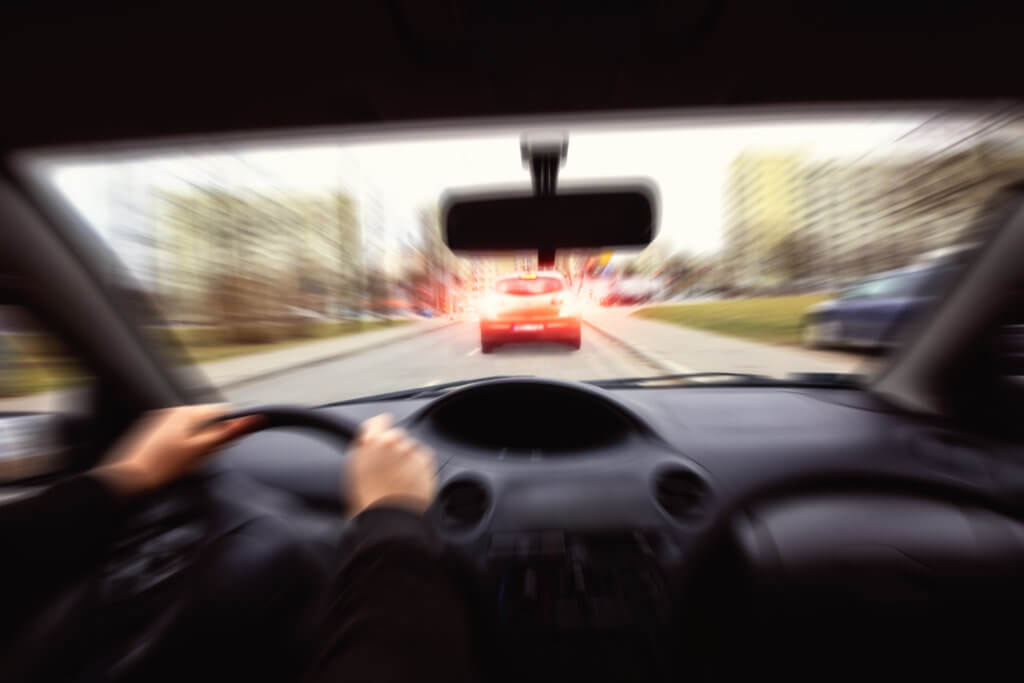
If you think that braking distance is the length of time that it takes for your vehicle to reach a complete stop after you notice a hazard, we’re here to tell you differently. That is called your ‘stopping distance’, and it is important to know the difference between the two. When you first notice that there is an obstacle in your way and that you have to react, your vehicle will still continue to move in the time it takes you to recognise this and use your brakes; this is called ‘thinking distance’, and should be added to the braking distance. If you do this, you will calculate your ‘stopping distance’, which means that your reaction time feeds into this distance; you can significantly shorten your reaction time by improving your concentration on the road, removing distractions such as mobile phones and always keeping an eye on your surroundings when driving.
How Do You Reduce Braking Distance?
Brake Pads and Rotors
Almost all vehicles have something called a ‘wear indicator’, which is a piece of metal that is attached to the brake pad. As the normal pad material starts to wear with repeated use, the metal piece will touch the rotor and create a very loud squeaking noise, to let you know that your brake pads must be replaced as soon as possible. If you find yourself in this situation, you should call your local garage and arrange the car repairs as soon as possible.
The Speed Of The Car
You probably will not be surprised to learn that the more quickly a vehicle travels, the longer it takes to stop when the brakes are used. This is another reason to stay within the given speed limit at any time, and you should definitely brush up on your knowledge of the Highway Code if you don’t know the official braking distances.
As an example, if you are driving at 20 miles per hour you will be left with around a 6-metre braking distance. This would double if you were driving just 30 miles per hour instead; the braking distance will rise significantly if you are travelling even faster. Think about travelling 70 miles per hour, that’s very fast, right? Well, if you travel that fast you would have a braking distance of almost 75 metres. This is a crazy distance, and can be affected even more by other factors meaning the figures are far from ‘set in stone’.
The Tyres
Do you know when your car tyres were last replaced? If not, you should. If you are driving around with bald tyres, your braking distance will increase by a huge amount; your tyres will not have the grooves needed to provide grip during road journeys.
We Can Help
If you would like to know how we can help you with your car problems, such as bald tyres and braking issues, you can call our expert team of car repair and car servicing experts on 01923 268 082. We would love to hear from you and book in your appointment with us.
